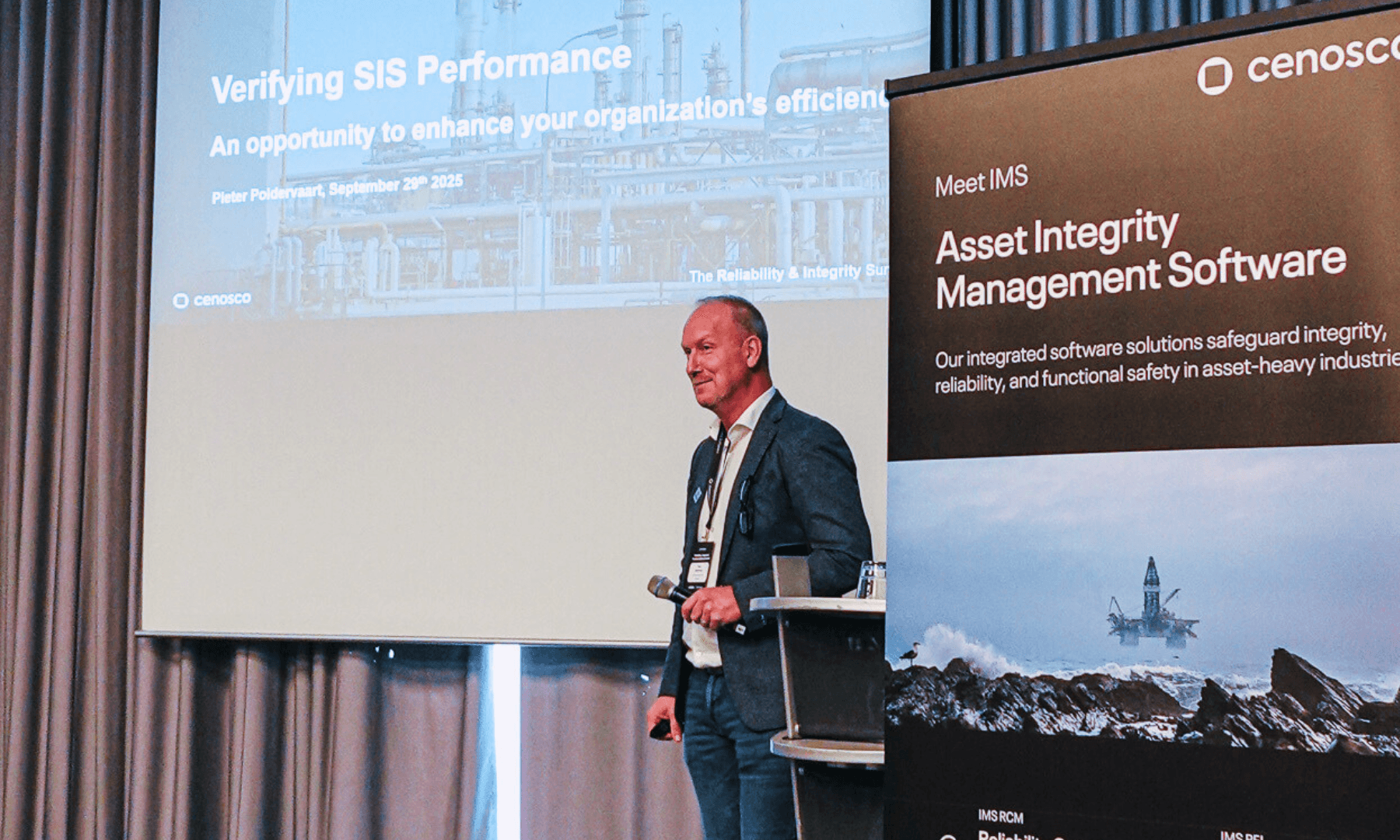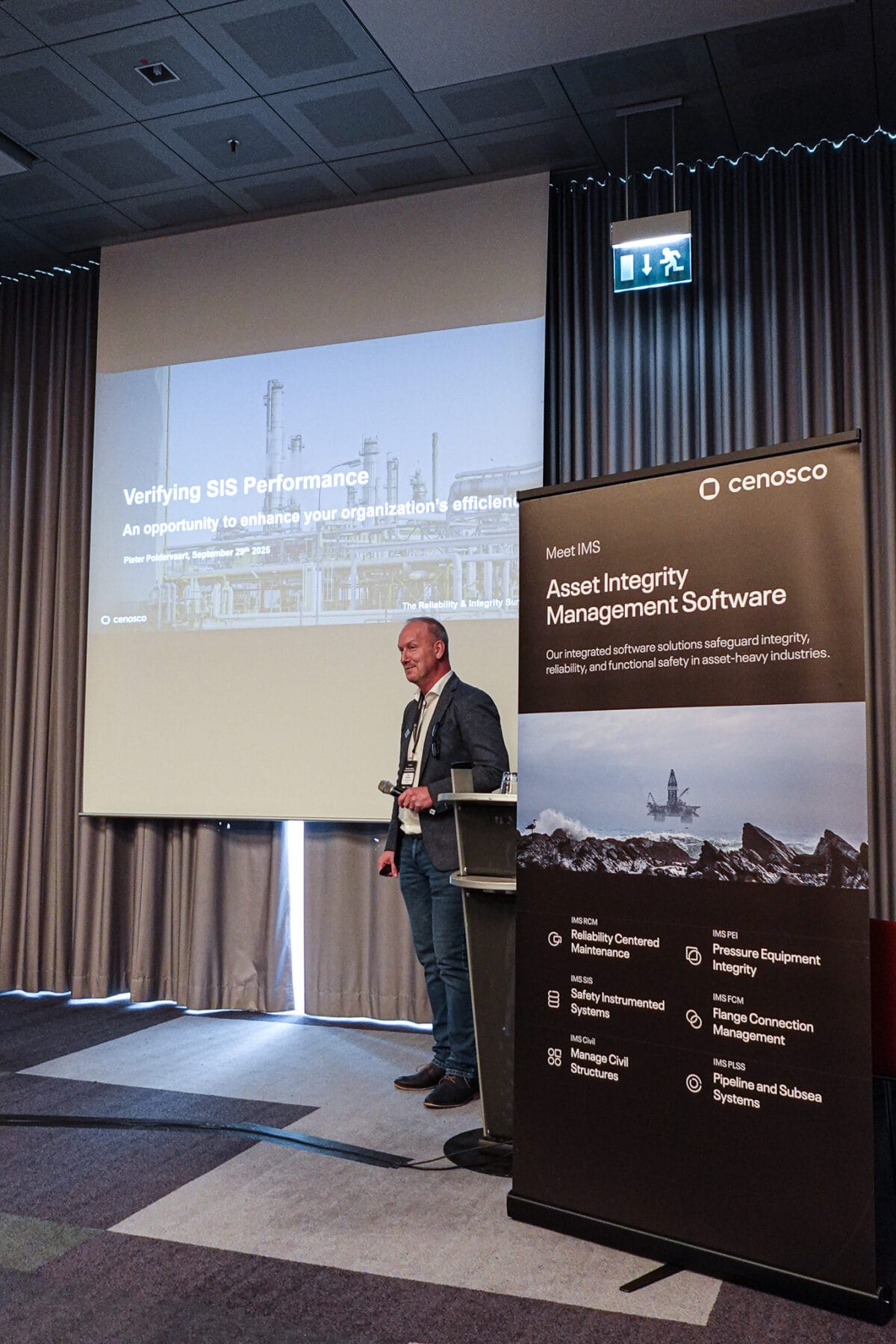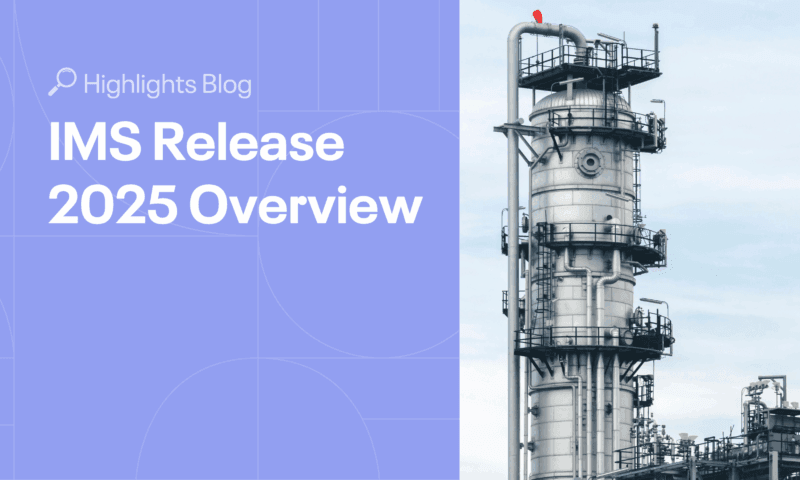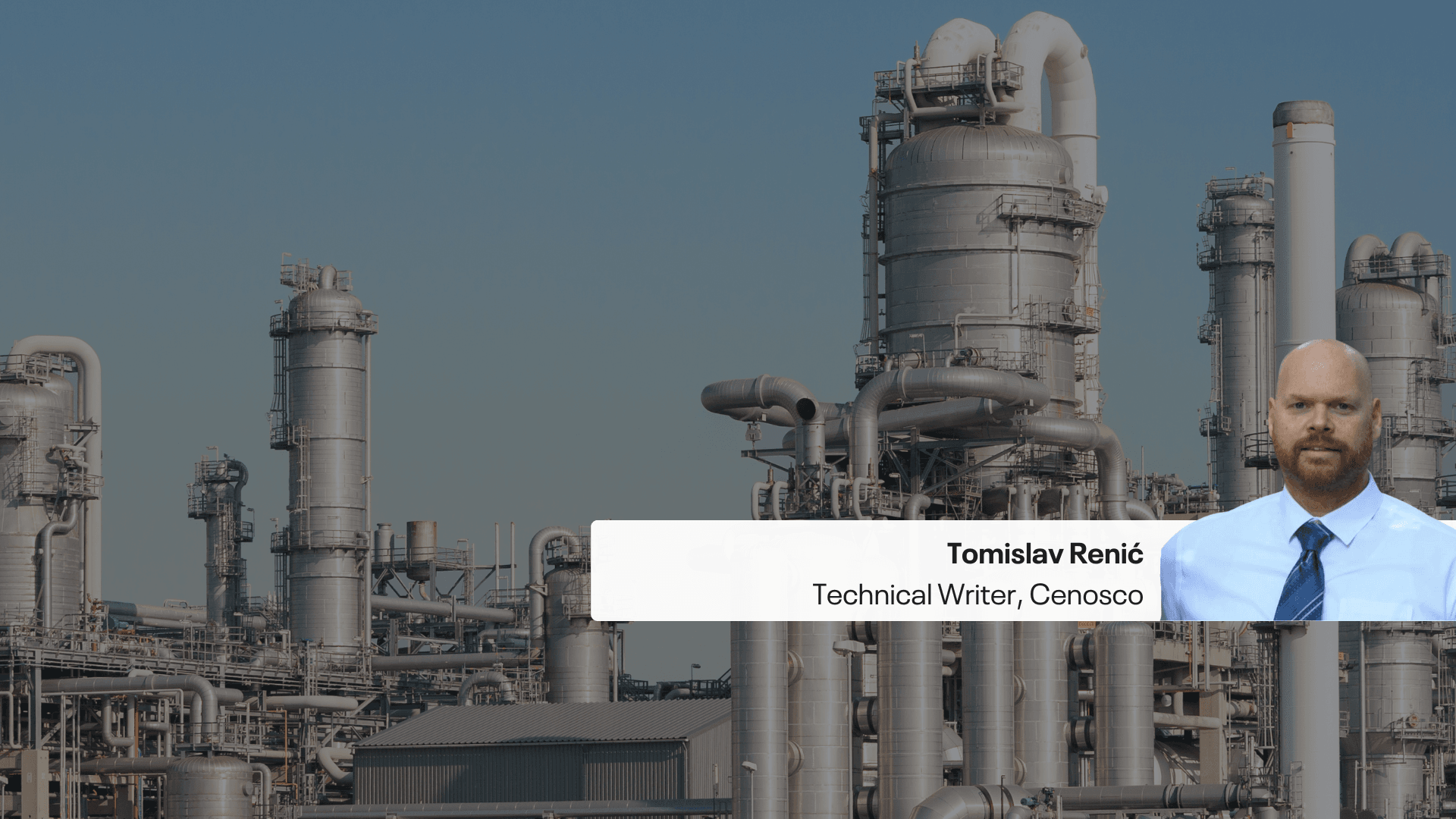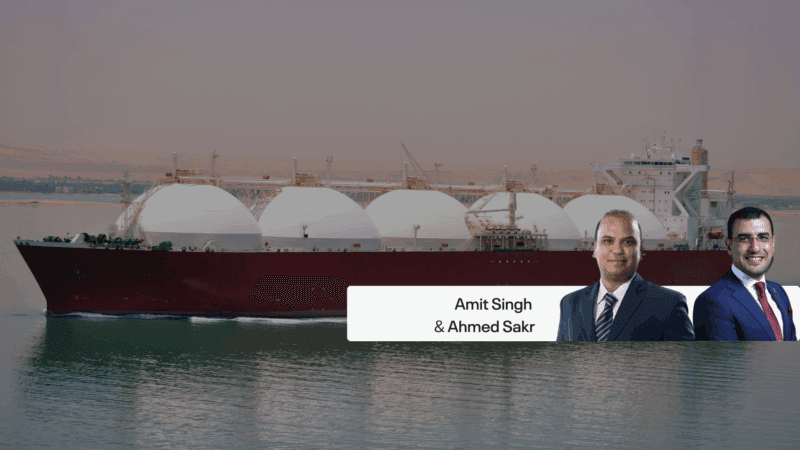When it comes to functional safety, many organisations focus heavily on design and engineering. They invest in tools, standards, and detailed studies to ensure systems perform as intended. Yet, as Pieter Poldervaart highlighted during his talk at the Reliability, Integrity & Functional Safety Summit in Cologne, the real challenge begins long after commissioning. The true test of a Safety Instrumented System (SIS) lies in how well it performs during years of operation. And that performance must be continuously verified, not just assumed.
Understanding the Why Behind SIS Performance Verification
Functional safety is about more than compliance. It is about understanding, controlling, and keeping risk at tolerable levels over time. To do that, organisations need to verify that their systems are actually performing as designed.
Pieter explained that while engineering teams often dedicate great effort to defining Safety Integrity Levels (SILs) during design, these values are only as good as the data that supports them. Once a plant moves into the operational phase, assumptions made during engineering can quickly drift away from reality.
According to IEC 61511, companies must monitor and verify SIS performance throughout the entire operational phase. Without real data, proving that the safety levels determined during design are still valid in practice becomes impossible. Continuous measurement, therefore, is not optional. It is the foundation of sustainable functional safety.
The Functional Safety Life Cycle and the Hidden Opportunity Within
Pieter took the audience through the IEC safety life cycle, which covers everything from concept and design to operation and maintenance. He pointed out that most organisations excel in the early stages, but the real opportunity lies at the end of the process.
Step 14, which covers operation and maintenance, is the phase where systems spend the majority of their lives, often 20 to 30 years. Yet it also receives the least attention. This is where safety integrity either stays intact or begins to degrade. By actively monitoring performance during this stage, organisations can move beyond static compliance and turn functional safety into a living, data-driven process that continuously improves.
From Manual Data to Measurable Insight: The Three Stages of Maturity
To make this concept more tangible, Pieter introduced the SIS Performance Analytics Maturity Model. It describes how organisations typically evolve in their handling of safety data.
Most companies operate between stage one and stage two. In the first stage, reporting is entirely manual. Engineers pull information from log files, DCS systems, and event recorders, often spending hours just to identify failures. This approach is slow and inefficient.
Stage two introduces integration. Here, data from multiple sources can be combined and visualised in dashboards that track key performance indicators such as failure rates or SIF demand frequencies. This gives teams a clearer view of performance trends and helps them make more informed decisions.
The ultimate goal is stage three, where analytics become proactive. At this level, data is collected and analysed in real time to predict issues before they occur. Patterns emerge, risks are identified early, and performance insights become part of everyday operations.
Unfortunately, many organisations get stuck between the first two stages. The problem is rarely a lack of data; rather, the data is scattered across systems such as SAP, DCS, or historian databases. The challenge is connecting it all in a way that makes sense.
Making Data Work
Pieter shared a practical example of how this connection can work in practice. In every production facility, thousands of signals and data points flow from valves, sensors, and safety systems. On their own, these numbers mean very little. But when logical rules are applied, they start to tell a story.
For instance, if a trip signal is received and a valve closes, that counts as a successful activation. If the valve does not close, it indicates a dangerous failure. Tracking these patterns over time reveals valuable insights into how well the SIS functions in reality.
When this data is connected to a lifecycle management platform such as IMS SIS, it becomes even more powerful. Engineers can compare live performance against design assumptions, instantly identify deviations, and focus their attention where it matters most. What once required hours of manual work can now be accessed through an intuitive dashboard that provides actionable insight at a glance.
Why Stop at Stage Two?
Once a company reaches the second stage and achieves compliance, the natural next step is to use that same data to make smarter decisions. Pieter encouraged the audience not to stop at integration, but to embrace intelligence.
Stage three allows teams to perform root cause analysis, recognise patterns, and take preventive action. For example, if a specific type of valve fails more frequently in a particular service condition, that insight can drive a change in maintenance strategy. If alarm systems are not performing as assumed during design, that can trigger a review of alarm rationalisation.
Beyond engineering, these insights can also support operations and management. Dynamic visualisations such as live bow ties or digital plot plans can show where risk increases. A plant manager could open a dashboard in the morning and instantly see which area of the facility needs attention.
The Bigger Picture
While Pieter’s primary focus was compliance with IEC standards, his broader message was value. Functional safety verification is not just a requirement but an opportunity to improve efficiency, decision-making, and collaboration across disciplines.
By combining design data, live performance metrics, and intelligent analytics, organisations can transform functional safety into a continuous improvement tool. This can help engineers work smarter, give operators better visibility, and build confidence across the organization.
As Pieter concluded his session, he gave the audience a simple but powerful reminder: “If you are already measuring performance, don’t stop at compliance. You have the data—make the most of it.”
Prêt pour une démonstration ?
Êtes-vous prêt à voir la suite IMS en action ? Remplissez le formulaire ci-dessous pour réserver une démonstration !
